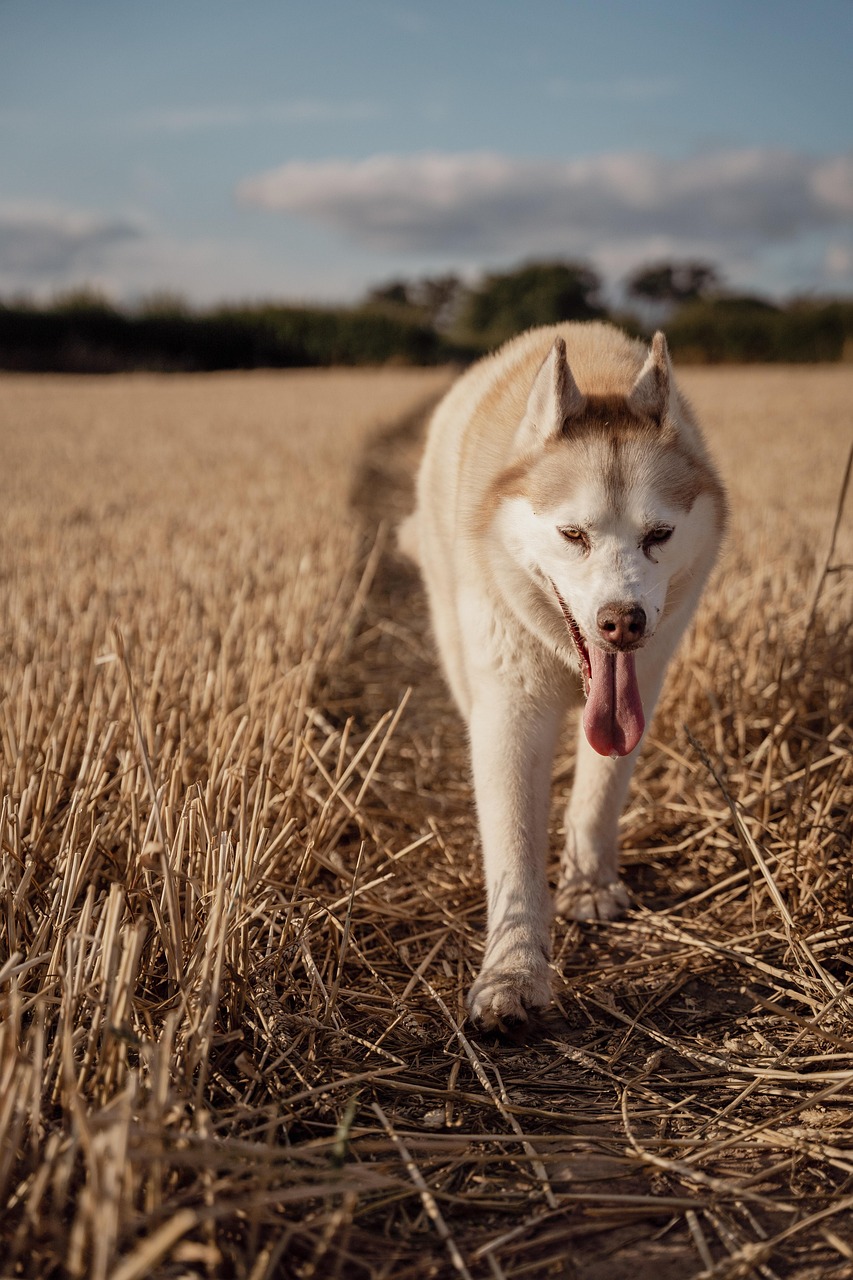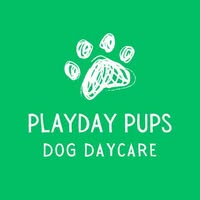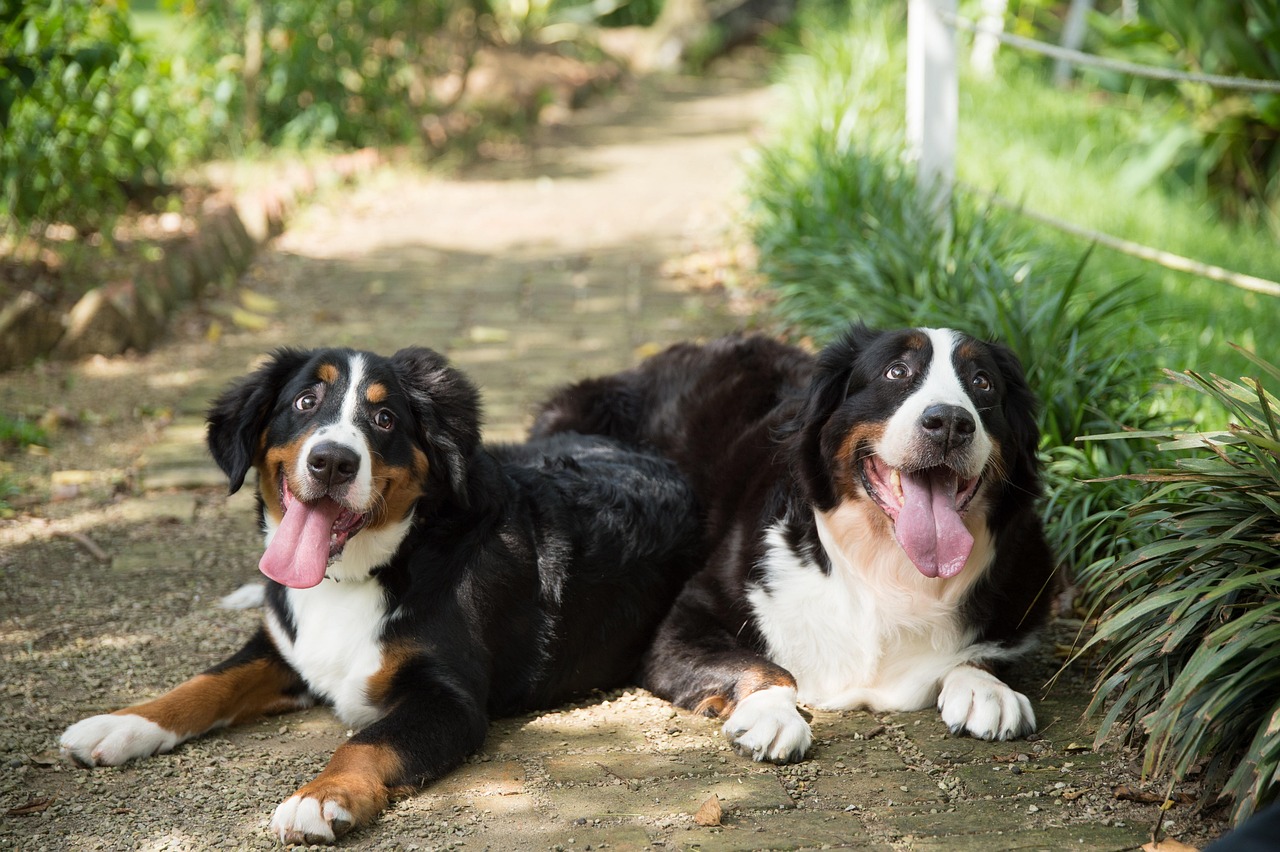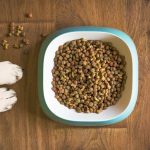“Moulting” (also known as shedding) is a natural process where dogs lose old or damaged fur to make way for a fresh coat. All dogs moult, but some periods are more intense—popularly called “blowing the coat.”
Why Do Dogs Moult?
- Thermoregulation: Dogs adapt their coat thickness to seasonal temperature changes—shedding winter undercoats in spring and growing them back in autumn.
- Normal hair cycle: Individual hairs undergo growth, rest, and shedding phases year-round.
- Indoor lifestyle impact: Artificial lighting and heating can disrupt natural moulting cycles, causing more frequent, less predictable shedding.
When Does It Happen?
- Spring: Peak shedding as dogs lose bulky winter coats.
- Fall: Heavy shedding to make space for insulating winter fur.
- Year-round shedding: Many breeds still shed lightly throughout the year.
Double-coated breeds (e.g., Huskies, Labs, German Shepherds) experience these seasonal blow-outs most noticeably.

How to Recognize Normal vs. Excessive Moulting
Normal moulting:
- Hair falls in clumps during peak season.
- Coat regrowth follows.
Warning signs (possible health issue):
- Bald patches
- Itchy, flaky, dry skin
- Dull or brittle coat
- Sudden or year-round heavy shedding
- Other symptoms: increased thirst, weight changes
If these occur, consult your vet promptly.
Managing Shedding: Tips for Dog Owners
- Brush regularly
- Use slicker brushes or coat rakes to reach undercoats.
- During heavy shedding, brushing daily helps remove loose fur.
- Bathe appropriately
- Use dog-specific shampoo and conditioner.
- A bath loosens dead hair—follow with brushing.
- Provide balanced nutrition
- A high-quality diet rich in protein, Omega‑3 & 6 fatty acids, vitamins, and minerals (zinc, biotin) supports coat health.
- A high-quality diet rich in protein, Omega‑3 & 6 fatty acids, vitamins, and minerals (zinc, biotin) supports coat health.
- Maintain a clean environment
- Vacuum upholstery and floors weekly.
- Use rubber gloves or lint rollers for quick fur removal.
- Use preventive grooming tools
- During peak seasons, use de‑shedding tools like the FURminator.
- During peak seasons, use de‑shedding tools like the FURminator.
- Regular vet visits
- Check-ups help identify underlying issues like allergies, parasites, or hormonal imbalances early.
- Check-ups help identify underlying issues like allergies, parasites, or hormonal imbalances early.

Special Considerations
- Breed differences: Double‑coated breeds shed heavily, while single‑coated or wire‑haired breeds shed less.
- Age & life stage: Puppies, pregnant or senior dogs may shed differently due to hormonal or developmental factors.
- Health & stress: Poor diet, stress, illness, allergies, or parasites can cause excessive shedding—watch for accompanying signs.
Key Takeaways
- Dog moulting is healthy and seasonal—peaking in spring and fall.
- Regular grooming, proper nutrition, and a clean environment can significantly reduce hair around your home.
- Watch for excessive shedding and skin issues—consult a vet if needed.

Playday Pups is a boutique dog daycare and home-like boarding service located in Burlington, Ontario. Owned and operated by Tara and Dave, we specialize in creating a fun, safe, and structured environment where dogs can play, relax, and thrive. Whether you’re looking for dog daycare during the workweek or dog boarding for overnight stays, we provide personalized care for every pup. Ready to join the pack? Start by filling out our dog registration form.
☎️ (905) 230-2541 | 📨 hello@playdaypups.ca | 🚗 1234 Advance Rd, Burlington Google MAP





